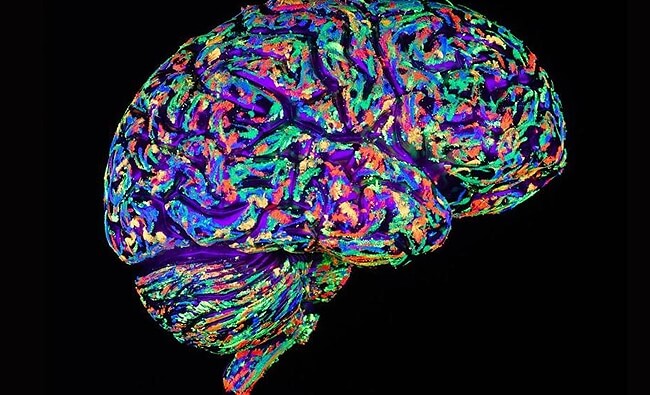How does the Brain React to the Absence of a Loved One?

The absence of a loved one is painful no matter who you are. Although love and loss is part of life, we never completely resign ourselves to it.
Even though we know nothing lasts forever, it’s like we refuse to accept that this is true. It’s a kind of psychological rebellion.
Many times we say there’s a contradiction between the mind and the heart. The mind tells us that we must accept the absence, but something deeper refuses to completely lower our guard and accept the loss.
“Someone, only one person is missing, and the world feels depopulated.”
-Lamartine-
This happens because both the presence and the absence of a loved one trigger reactions in areas where we have little control. In love and in grief, physiological processes are involved.
There are alterations that are physical and exceed what we can understand and manage. That explains the so-called “opposing process theory.”
Opposing process theory
Opposing process theory was developed by Solomon and Corbit in 1974. According to this approach, our brain tends to seek emotional balance. The way it chooses to do so is by neutralizing emotions.
To do so, it carries out a recurrent operation: when an intense emotion appears and takes away stability, the response is to produce the opposite emotion. This is referred to as the “corrective emotional stimulus.”

According to this theory, the response stimulus is weak at first. However, it gains strength little by little. From these principles, we can explain, in part, both what happens in an addiction and after an emotional loss.
When the initial emotion appears, it is very intense. It has no opposition and therefore reaches a maximum level. This is what happens, for example, when we first fall in love.
However eventually the opposite stimulus appears. Although at the beginning it is not perceived, it gradually gains strength to neutralize the initial emotion.
The opposing process and the absence of a loved one
In cerebral terms, the absence of a loved one has effects similar to that of withdrawal from an addiction. In both cases, there is an initial stimulus and a “corrective stimulus.”
Let’s use alcohol as an example. Whoever drinks feels euphoric reactions. He is uninhibited and “anesthetized” to discomfort. The next day, the opposite happens. He may be depressed, insecure, and want to recover the initial stimulus by drinking more.

When it comes to affection and love, the initial stimulus is the affection itself. There is attachment, a need for the other person. Joy when seeing them. For couples especially, the initial emotional stimulus is very strong.
At the same time, the opposite stimulus appears. That’s why, over time, the intensity at first gives way to a certain “neutrality” of feeling.
However, if an absence occurs, a de-compensation happens. The initial stimulus leaves and only the corrective stimulus remains and intensifies. We experience this through sadness, irritability, and warring emotions.
A chemical issue
All emotions happen organically. This means that for each emotion, there is a corresponding physiological process involving chemical changes in the brain.
When we love someone, we do not only do so with the soul, but with the elements of the periodic table and how they manifest themselves in our bodies.
That is why the absence of a loved one is not just an emotional vacuum. There is a lot of oxytocin, dopamine, and serotonin generated by being in love.
When these chemicals aren’t there, the body suffers from the imbalance. It takes time for a new opposing process to occur: the corrective stimulus that will return the body to equilibrium.

What’s the use of knowing all this? Simply to understand that the absence of a loved one has profound implications in both our mind and body. That we must go through a process of re-accommodation in order to find balance, and this process can take a while.
A lot of times we must just allow this process to happen. We must trust that we are designed for balance.
This text is provided for informational purposes only and does not replace consultation with a professional. If in doubt, consult your specialist.








